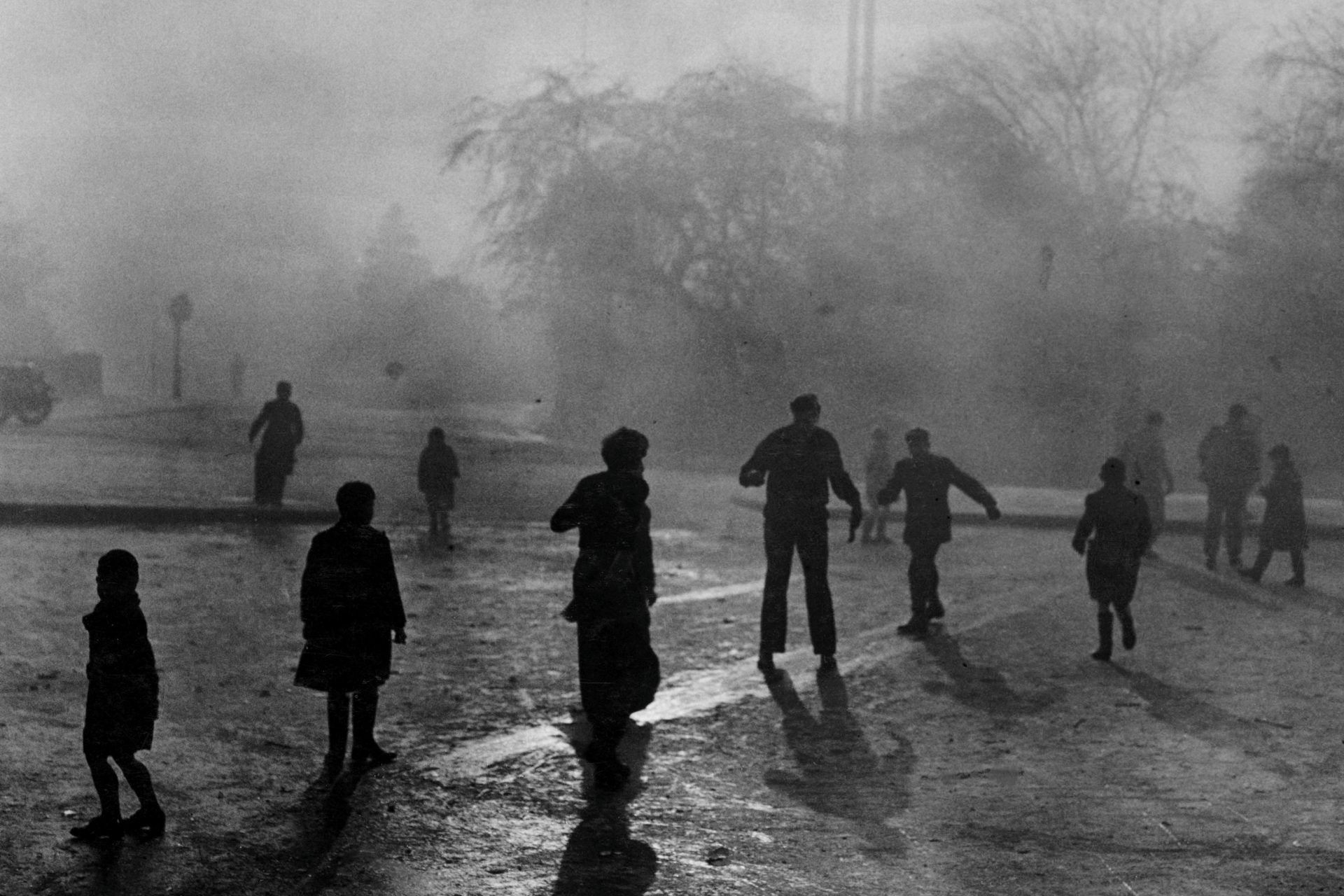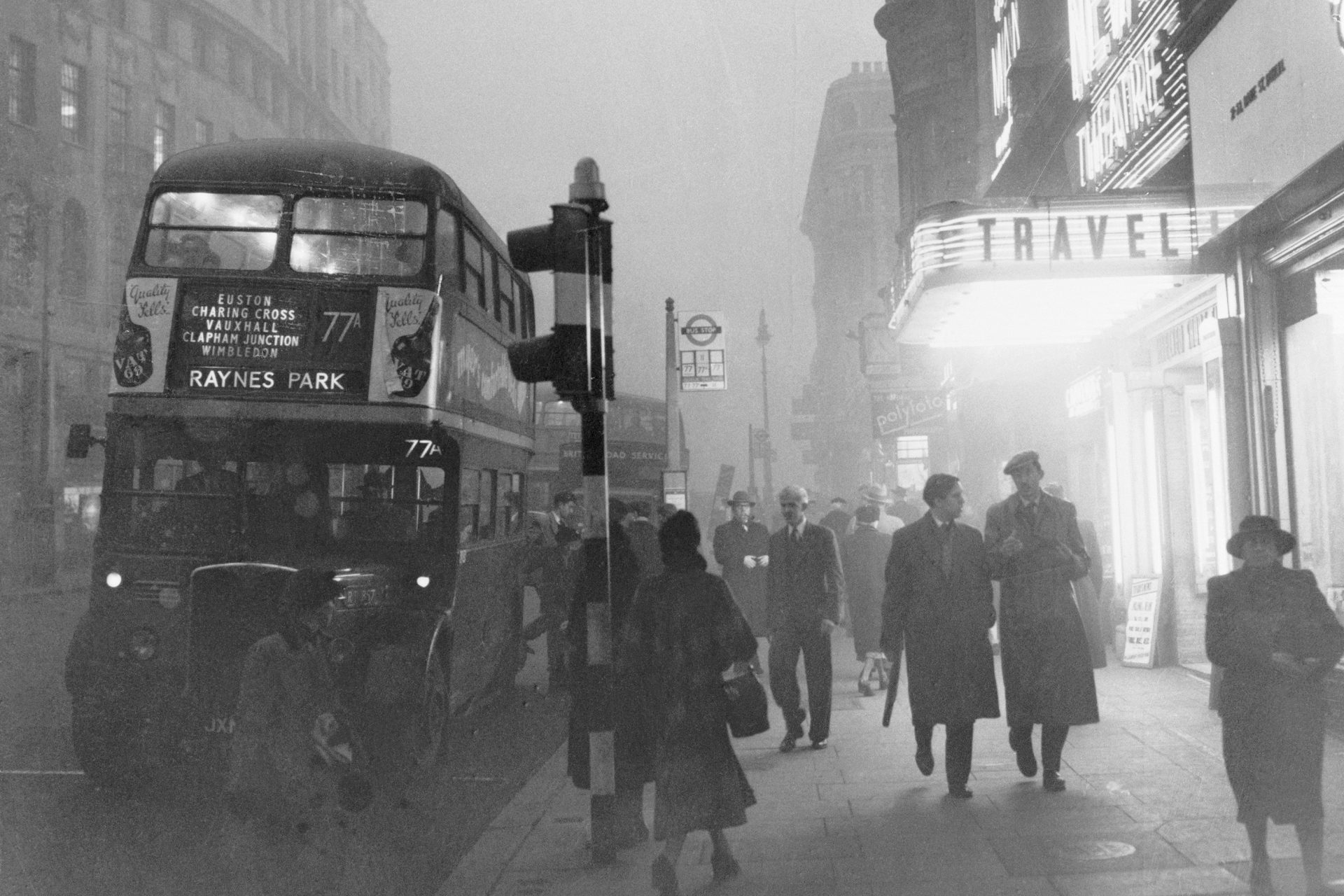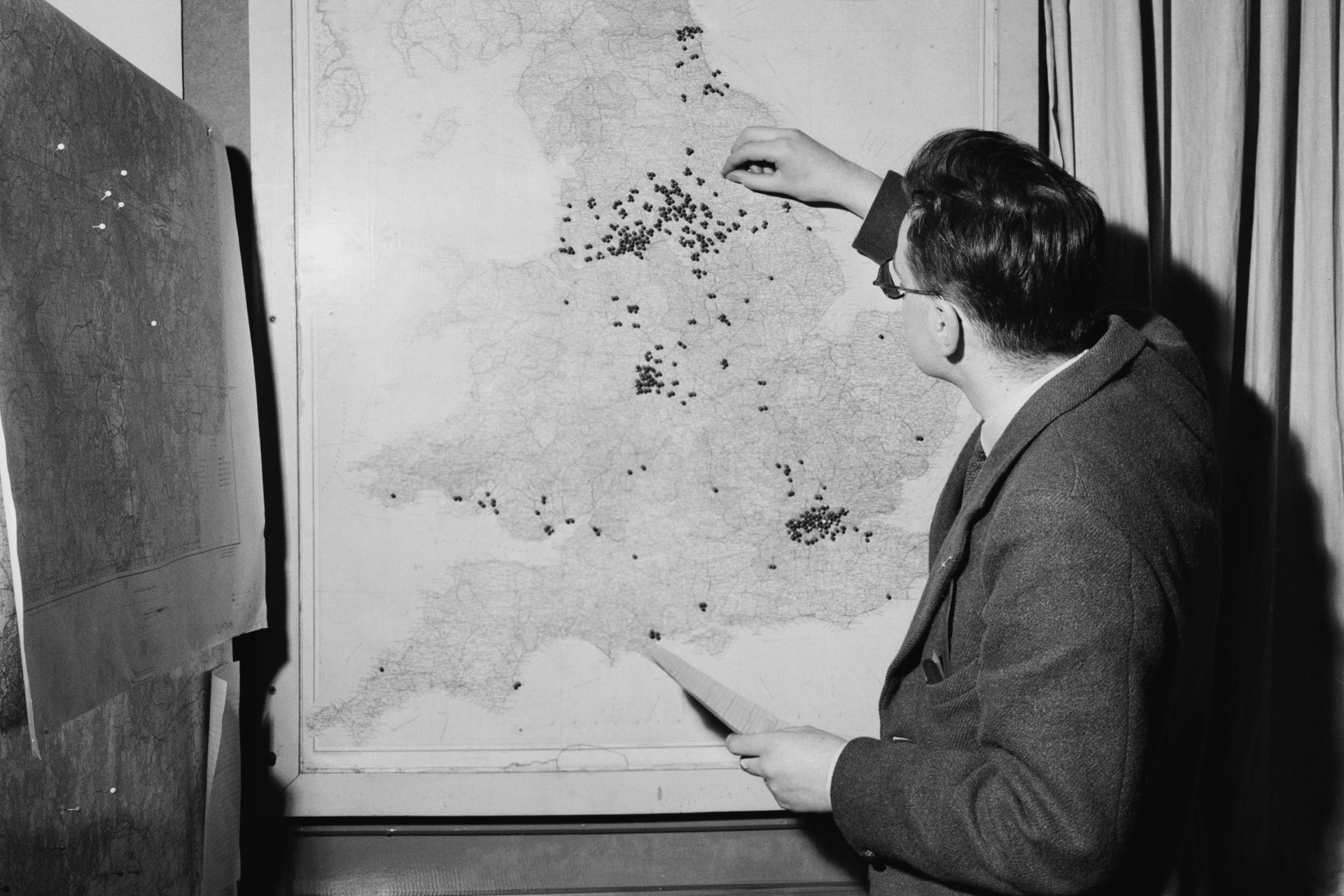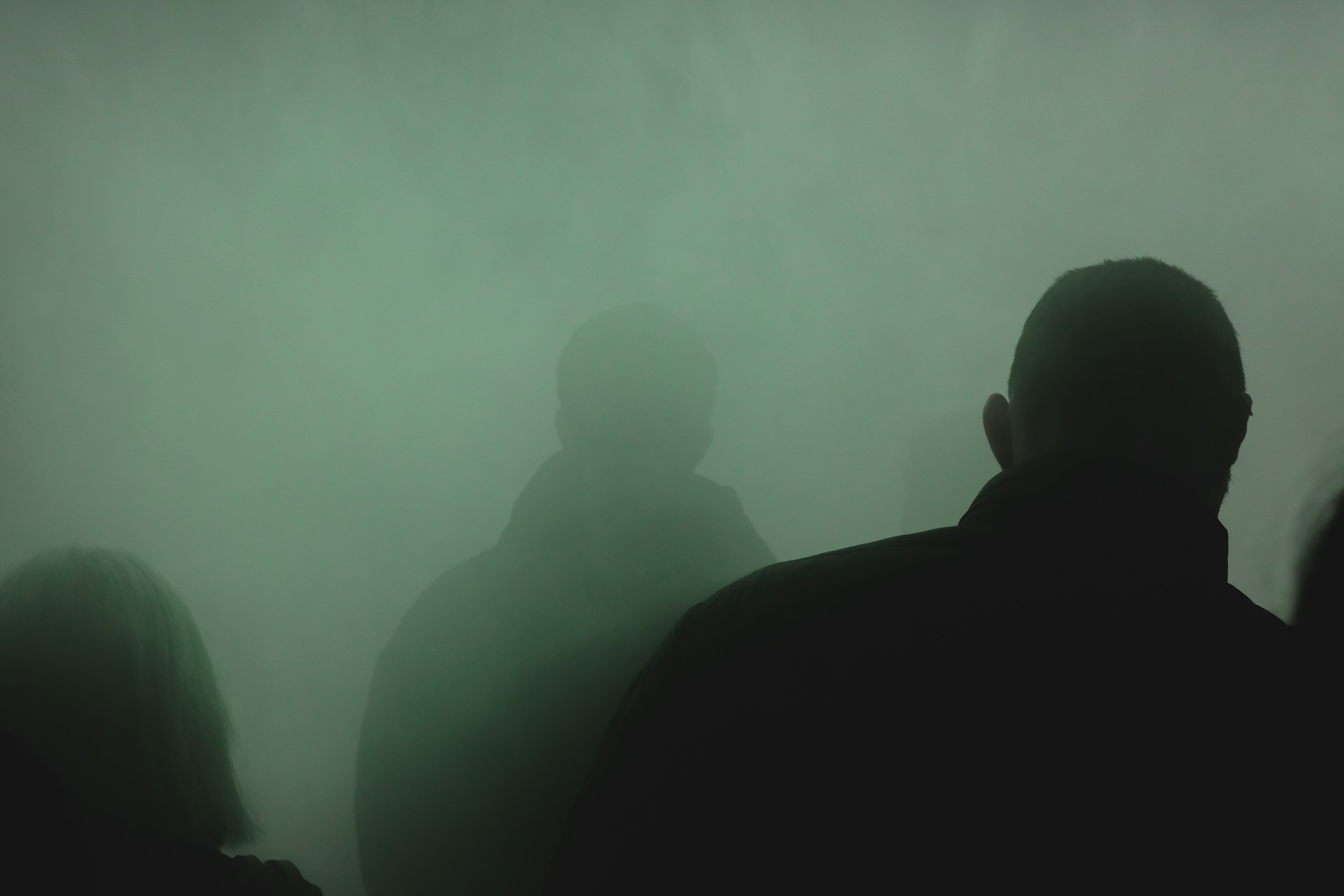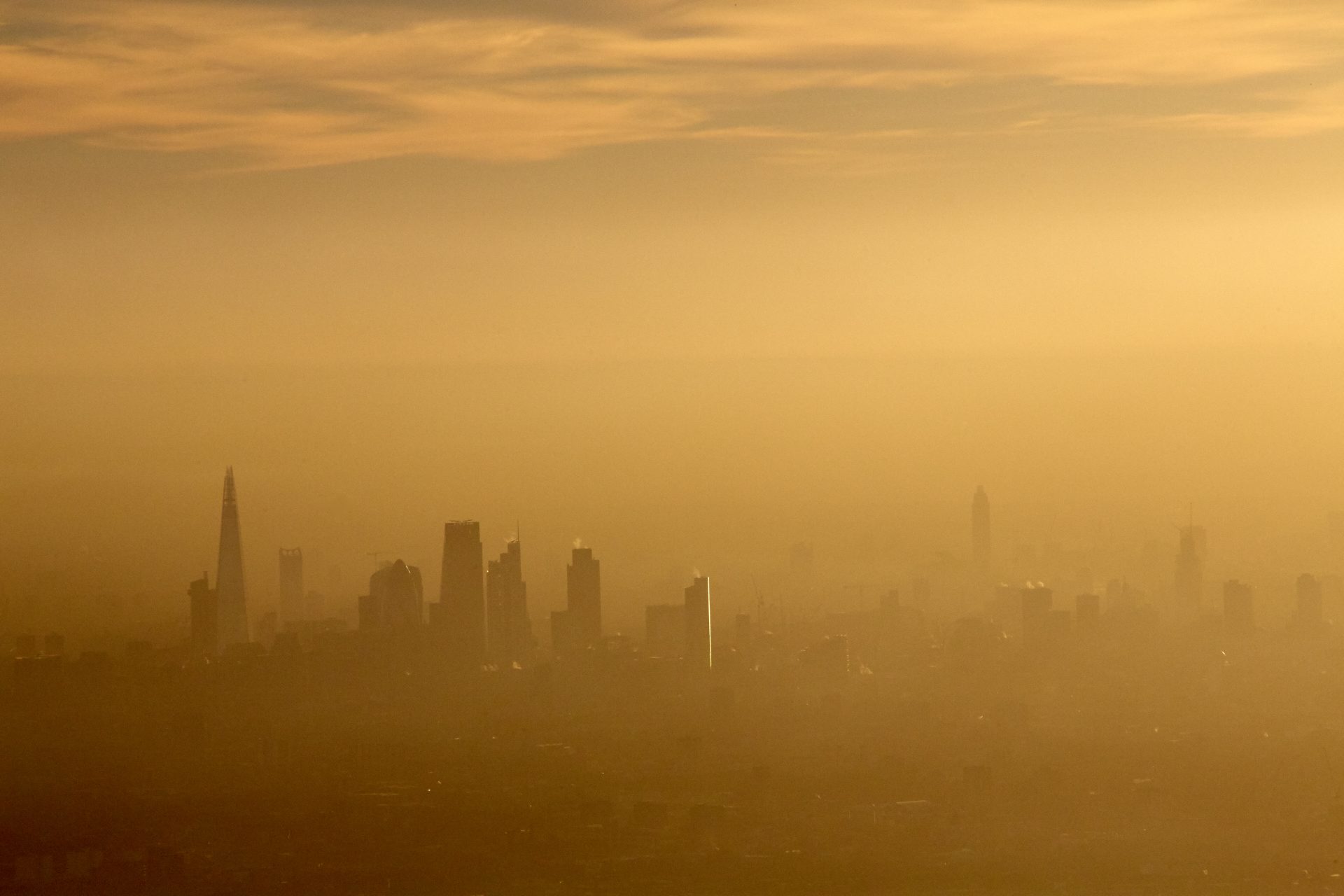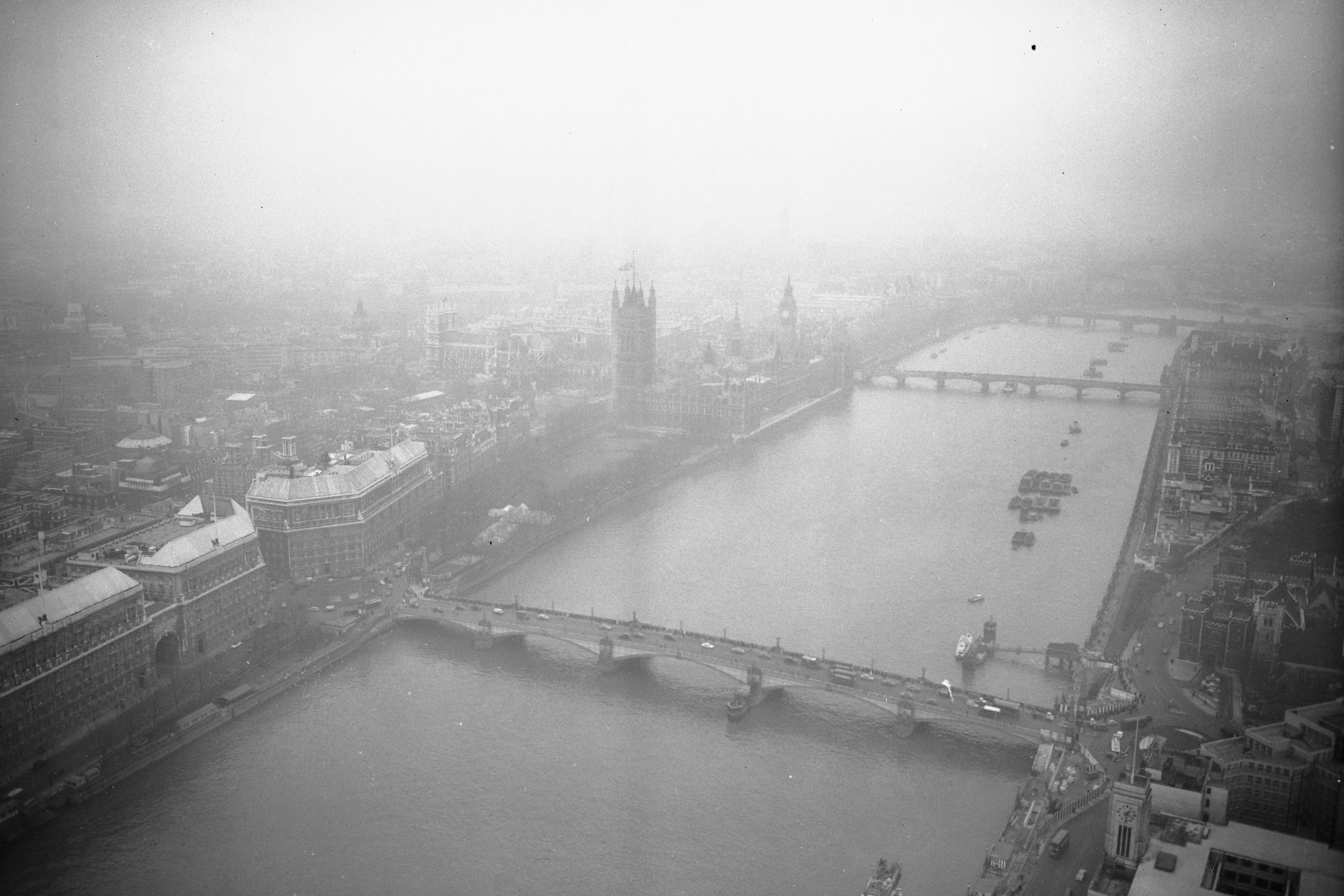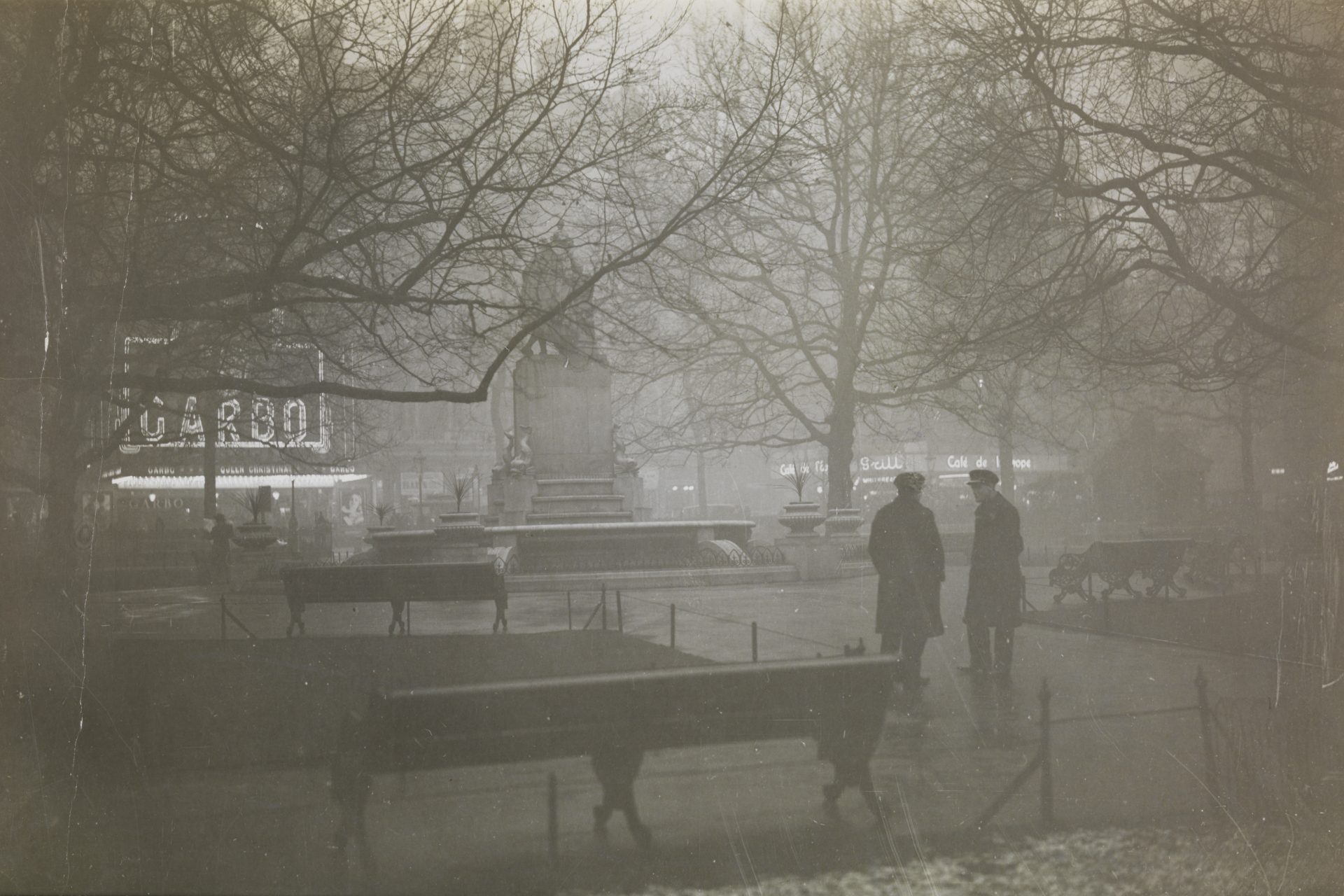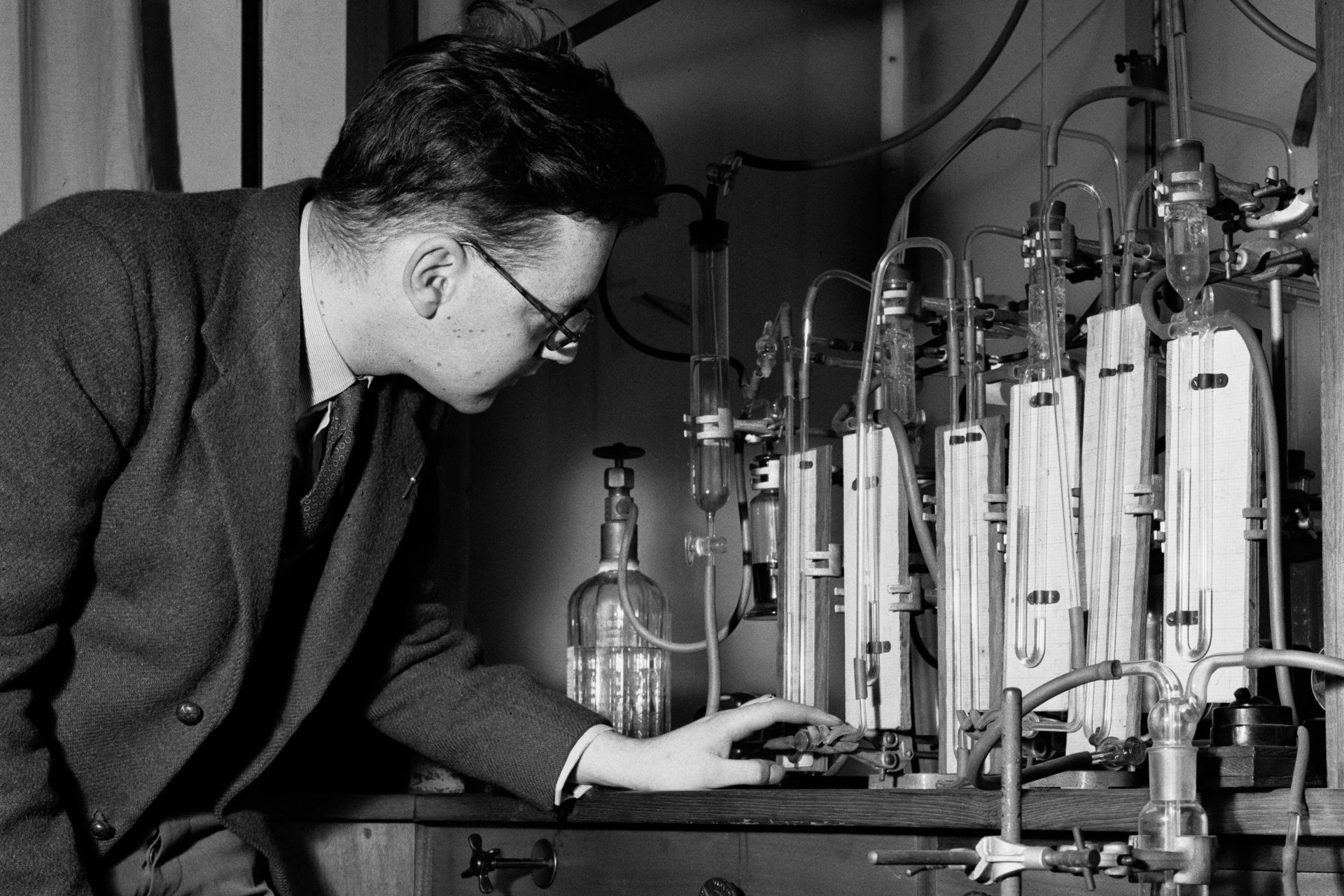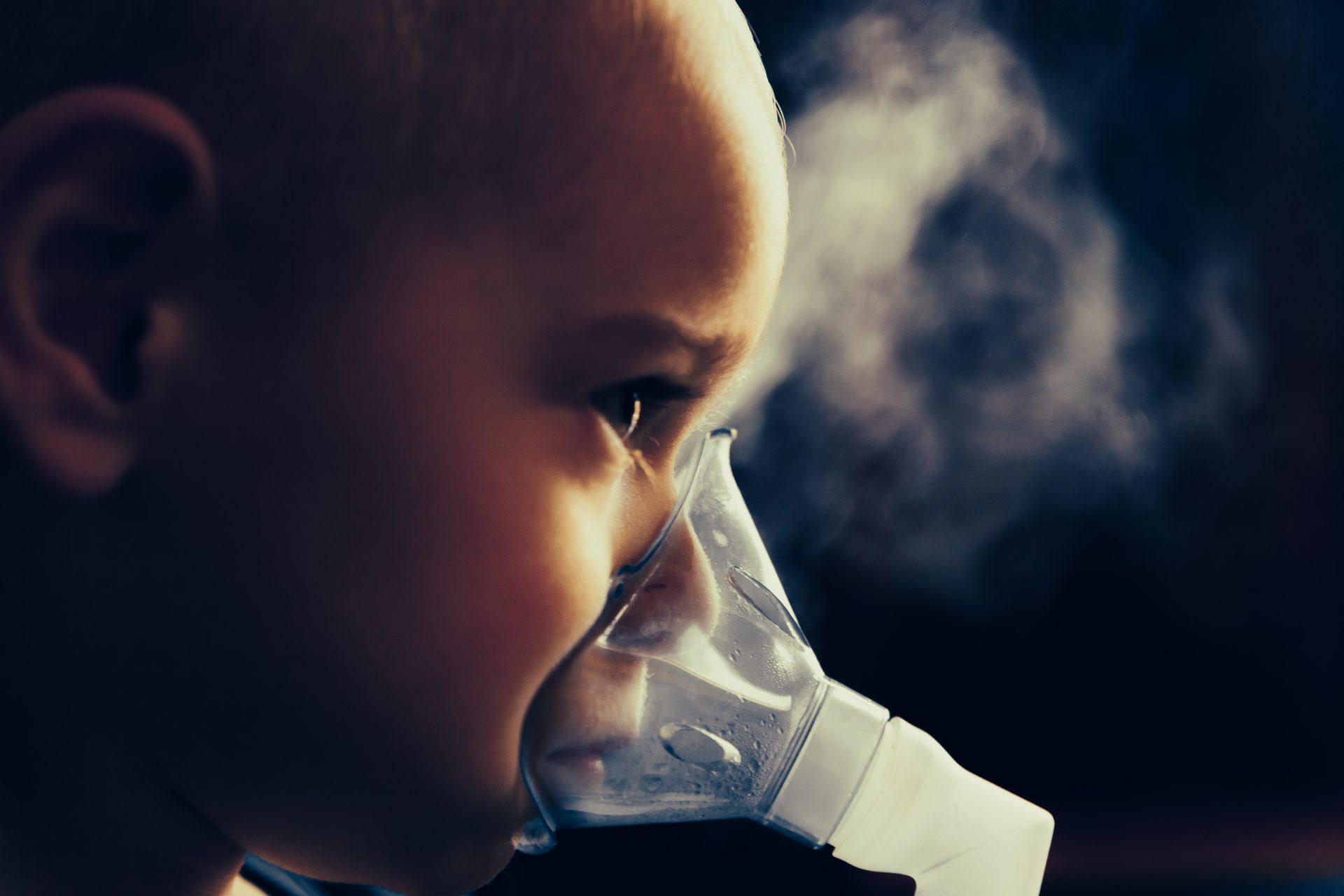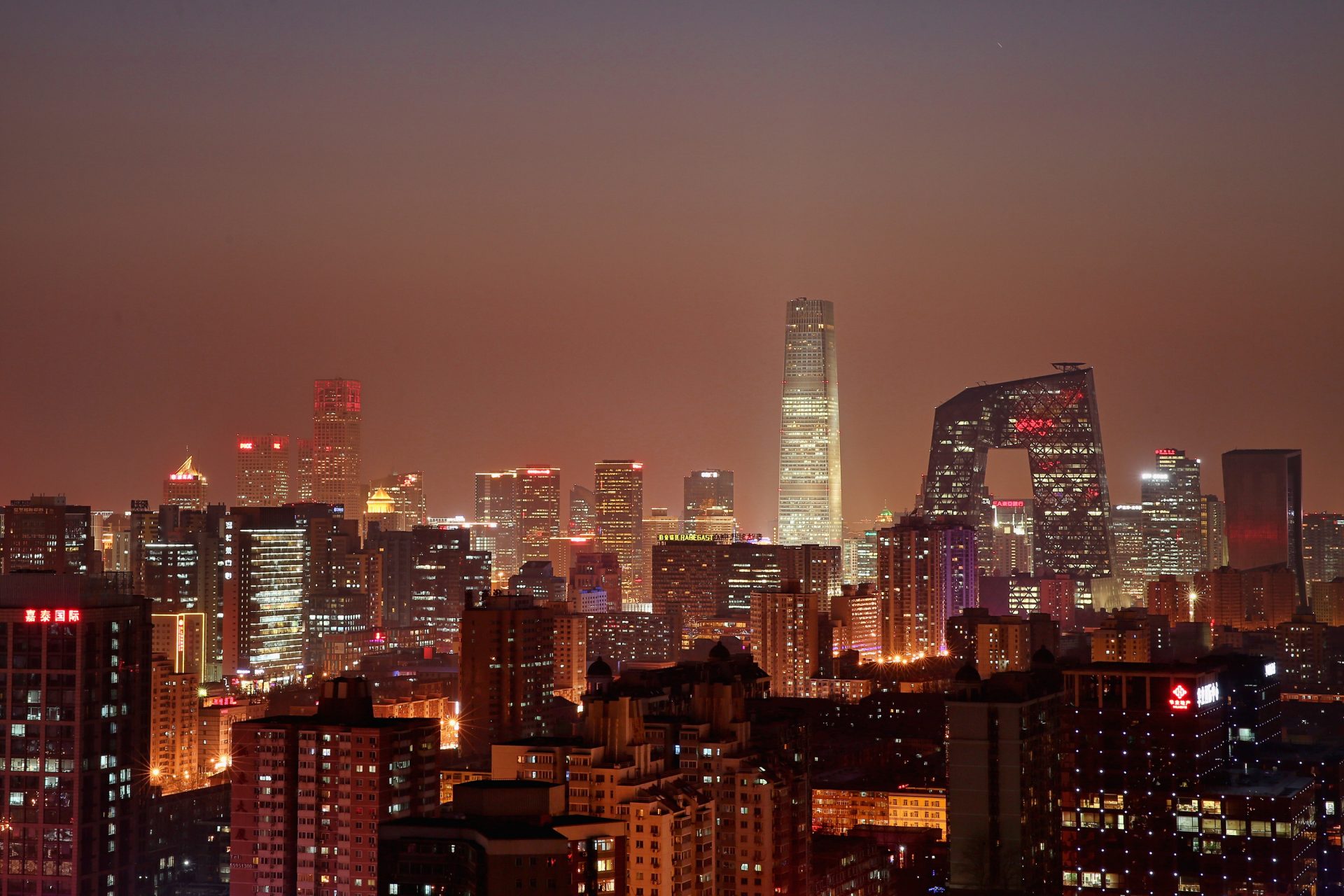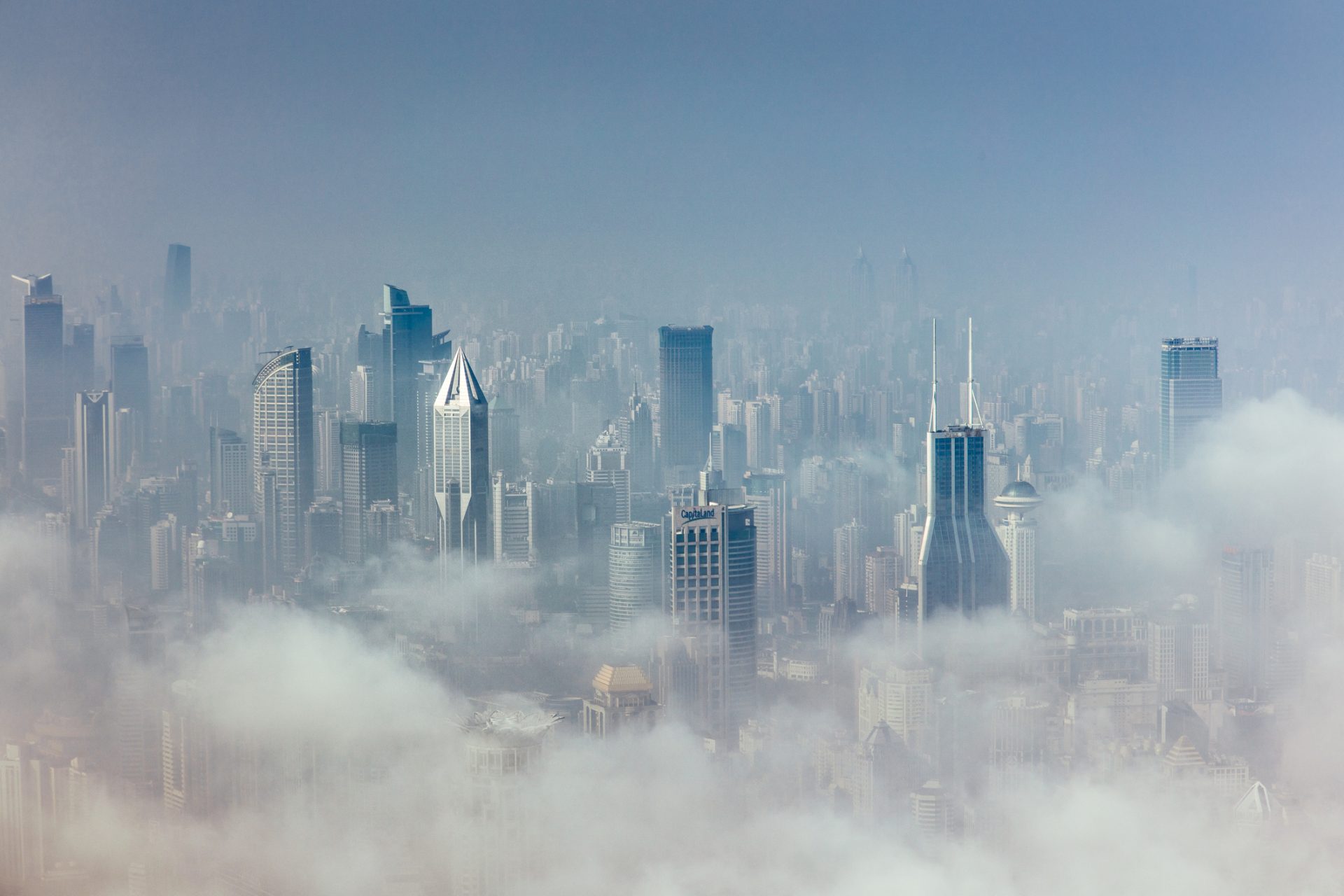The Great Smog of London: a disaster that killed thousand in 1952
The Great Smog of London occurred in December 1952 and was one of the most devastating events of urban pollution in modern history. Tens of thousands died in what was a very bizarre tragedy.
What happened during the Great Smog of London isn't a mystery. A thick layer of smog enveloped the city from December 5th to the 9th and was caused by a mix of bad weather conditions and industrial emissions.
Cloudy weather is quite normal in the United Kingdom so the citizens of London weren't too concerned about the severity of the smog when it rolled in. But what was happening was far different than a regular cloudy or smoggy day.
At the time, 78% of Londoners used coal to heat their homes according to one historian's estimates quoted by National Geographic. It was the city's reliance on coal-fired power plants that helped fuel the Great Smog.
With chimneys running at full steam in the middle of winter, a meteorological phenomenon known as thermal inversion occurred, which trapped emissions from the coal burning all over the city.
The coal smoke turned into a deadly fog. According to the British Meteorological Office, the fog was 200 meters thick and the city's pollutants continued to emit a thousand tons of smoke and two thousand tons of carbon dioxide per day.
Photo: Unsplash - Kevin Mueller
Sulfur dioxide, a colorless gas produced by burning coal, remained in the atmosphere and mixed with water particles in the smog, turning into sulfuric acid, National Geographic explained. Thus, the city was enveloped in a fog that resembled acid rain.
At the end of the first day of fog, the sky took on a yellowish hue, and the odor, almost unbearable, smelled of rotten eggs. Chaos began to take over the city.
Visibility was compromised and it was not possible to navigate the streets safely. Public transport had to be stopped due to the inability for people to see what was happening just in front of them.
Over the course of four days, 150,000 people were hospitalized and 12,000 died as a result of exposure to extreme pollution, according to several global media outlets. Wikipedia notes in its breakdown of the event that the likely death toll was somewhere between 10,000 and 12,000.
The toxic combination of fog and pollutants continued to accumulate in London until weather patterns finally changed. High pressure gave way and allowed Atlantic weather systems and fresh ocean air to dissipate the suffocating atmosphere, according to the BBC.
In the image above, a technician from London's Fuel Research Station is conducting an air quality experiment in November 1954. The research was commissioned as a response to the Great London Smog.
In 2012, researchers analyzed data from that time and found that damage to the public's health was enormous. Children exposed to air pollution during their first year of life were almost 20% more likely to develop asthma during childhood.
Additionally, National Geographic reported that exposure to pollution of fetuses in the womb at the time of the Great London Smog contributed to a nearly 8% increase in childhood asthma cases.
As a result of the catastrophe, authorities issued the Clean Air Act of 1956, regulating industrial and domestic smoke as a means to prevent any future dangerous situation similar to the Great Smog of London from ever happening again.
In 2016, research conducted by Renyi Zhang, from Texas A&M University, studied how pollutants act in large cities around the world. According to the UOL website, researchers used data from the Great Fog, along with laboratory experiments, to measure pollution and its potential risk to human health.
The study, published in the Proceedings of the National Academies of Sciences, revealed that a similar chemical reaction as the one that occurred in London is responsible for the gray color of the skies in Beijing and Xian, although agrochemicals such as ammonia also contribute to this phenomenon.
Overall, the research suggests that the conditions behind this tragedy could develop on a global scale, especially in large cities, where pollution levels are high.
More for you
Top Stories



